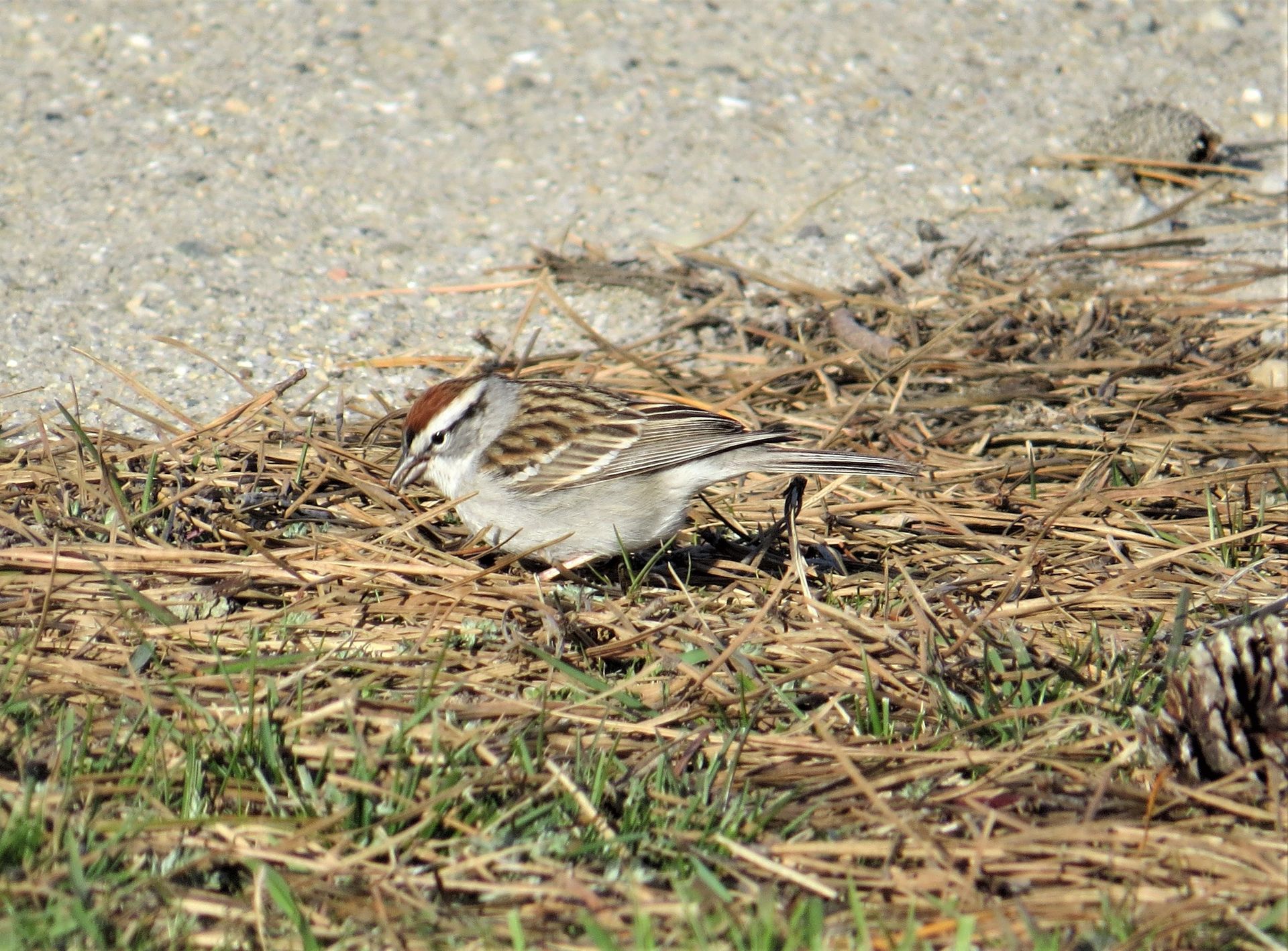Keep Calm and Bird On: October 2024
“If you don’t look, you don’t see. You have to go and look.”
-Edith Andrews

As fall progresses, birding gets better and better. More migrants pass through, while summer residents—at least some of them—still linger. But it is also a great time to focus on Sparrows, which are not all just brown blobs if you can get a good look at one.
But aren’t sparrows too hard? Do the words “malar stripe” make your brain freeze? No, they don’t need to. Although it's the technical term for the markings that frame the throats of many sparrows, Malar stripe is no worse than “supercilium” for the part of a bird that could just as well be called “eyebrow.” Malar stripes are vaguely reminiscent of mutton-chop whiskers, a style of facial hair adopted by quite a few 19th century ornithologists. But the whole point is to look at the little brown job and absorb as much detail as you can, not to memorize technical terms. Unless that is something you thrive on, of course. But if what you see reminds you of something else, that is a good way to remember it.
Suppose you notice the blindingly white throat of a White-throated Sparrow, and it reminds you of a fake-Santa beard? It’s perfectly fine to make up your own mnemonics. If thinking of Santa Claus helps you remember a White-throated Sparrow, there’s nothing wrong with that.
Nor to think of a Chipping Sparrow as having black eye-liner. Black eyeliner, white eyebrows, and a rusty cap, gets you very close to a definitive ID of Chipping Sparrow. But what if the bird just described has a dark central spot on its chest, a dot, or as Edith Andrews used to call it, “a stick-pin?” Although these have also gone out of fashion, watch some old western movies, or look it up. Once you’ve seen one, it’s easier to remember. With the features described above, but with the addition of a stick-pin, you probably have an American Tree Sparrow. And now that you know two sparrows, more will follow, earflap by tail-stripe, until sparrows are no longer quite such mysterious brown blobs.
Recent Posts




